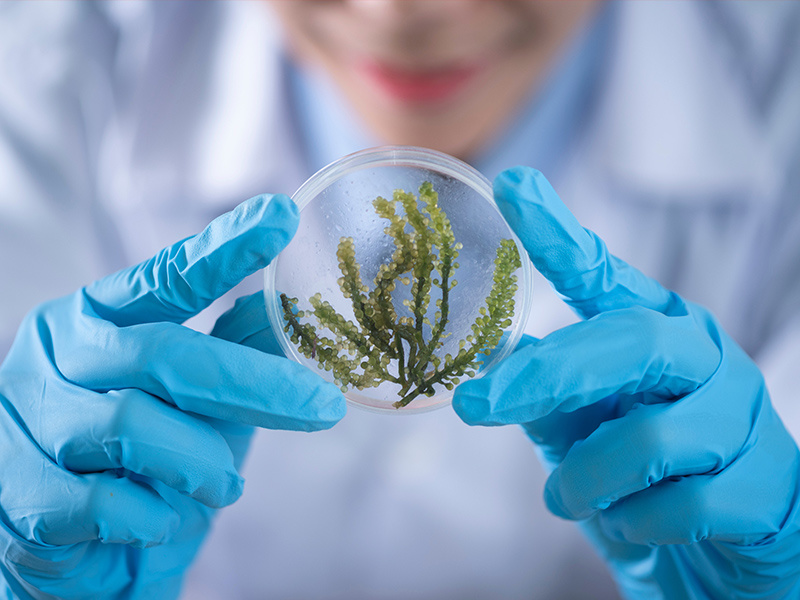Last year, China's trade deficit in vascular stents was significant
We need to continuously deepen our expansion from both product and market perspectives, innovate in materials or processes, and focus on the Asian market by leveraging product price competition and geographical advantages
Vascular stents refer to hollow mesh tubular devices used to support narrow and occluded blood vessels in the human body due to pathological changes, reduce vascular elasticity and reshaping, and restore blood flow. The vascular stent is made of metal or polymer materials and can be left in the human blood vessels for a long time or temporarily. According to the Classification Catalogue of Medical Devices in China, vascular stents are implantable medical device products and are classified as Class III high-risk product supervision.
According to the method of unfolding within the blood vessel, vascular stents can be divided into two types: self expanding and balloon dilation. The former can self expand within the blood vessel, while the latter has no elasticity and relies on balloon dilation. According to surface treatment conditions, it can be divided into exposed type, coated type, and coated type. The exposed surface is only polished, while the coated type is coated with substances such as heparin and titanium oxide on the metal surface. The coated type is coated with biodegradable or non degradable polymer film on the surface of the metal bracket. From the perspective of clinical use effects, it can be divided into simple support type stents and treatment type stents. Treatment type stents include stents coated with drugs on the surface of the stent, or stents that use a film covering outside the stent to carry therapeutic substances or radioactive stents.
In the 2012 edition of the Customs Import and Export Tariff of the People's Republic of China, vascular stents were first designated as separate products and assigned the corresponding tariff number 9021901100 (value-added tax rate: 17%, export tax refund: 15%).
The import and export value of vascular stents in China is 282 million US dollars, the export value is 9.778 million US dollars, and the import value is 273 million US dollars. The trade deficit is significant, reaching 263 million US dollars. From a single month's import and export situation, imports have almost remained above $20 million, with the highest import value in March reaching $31.1992 million and exports below $1.5 million. In November, the highest export value was $1.4428 million.
Exporting to Asia
export market
From the perspective of export regions, the main market for China's vascular stent exports is Asia, with an export value of 4.398 million US dollars, accounting for 44.98% of the total export value; Next is the European market, with an export value of 2.7702 million US dollars, accounting for 28.33% of the total export value; Except for the African market without export trade, a total of 2.6098 million US dollars were exported to other continents, accounting for 26.69%.
From a specific country and region perspective, China only exports vascular stents to 19 countries and regions. The top ten markets for export are the Netherlands, Uruguay, Hong Kong, Belgium, the Philippines, Thailand, Brazil, Indonesia, Pakistan, and Chile, with a total export value of 9.6115 million US dollars, accounting for 98.29% of the total export value.
Exporting provinces and cities
From the perspective of exporting provinces and cities, there are a total of 7 provinces and cities in China that export vascular stents, namely Shanghai, Shandong, Guangdong, Liaoning, Jiangsu, Beijing, and Hubei. Among them, Shanghai's export value is 6.9126 million US dollars, accounting for 70.7%.
Export enterprises
From the perspective of export enterprises, in 2012, China engaged in the export trade of vascular stents
keyword:
Vascular stent
Category:
Public benefit activities




